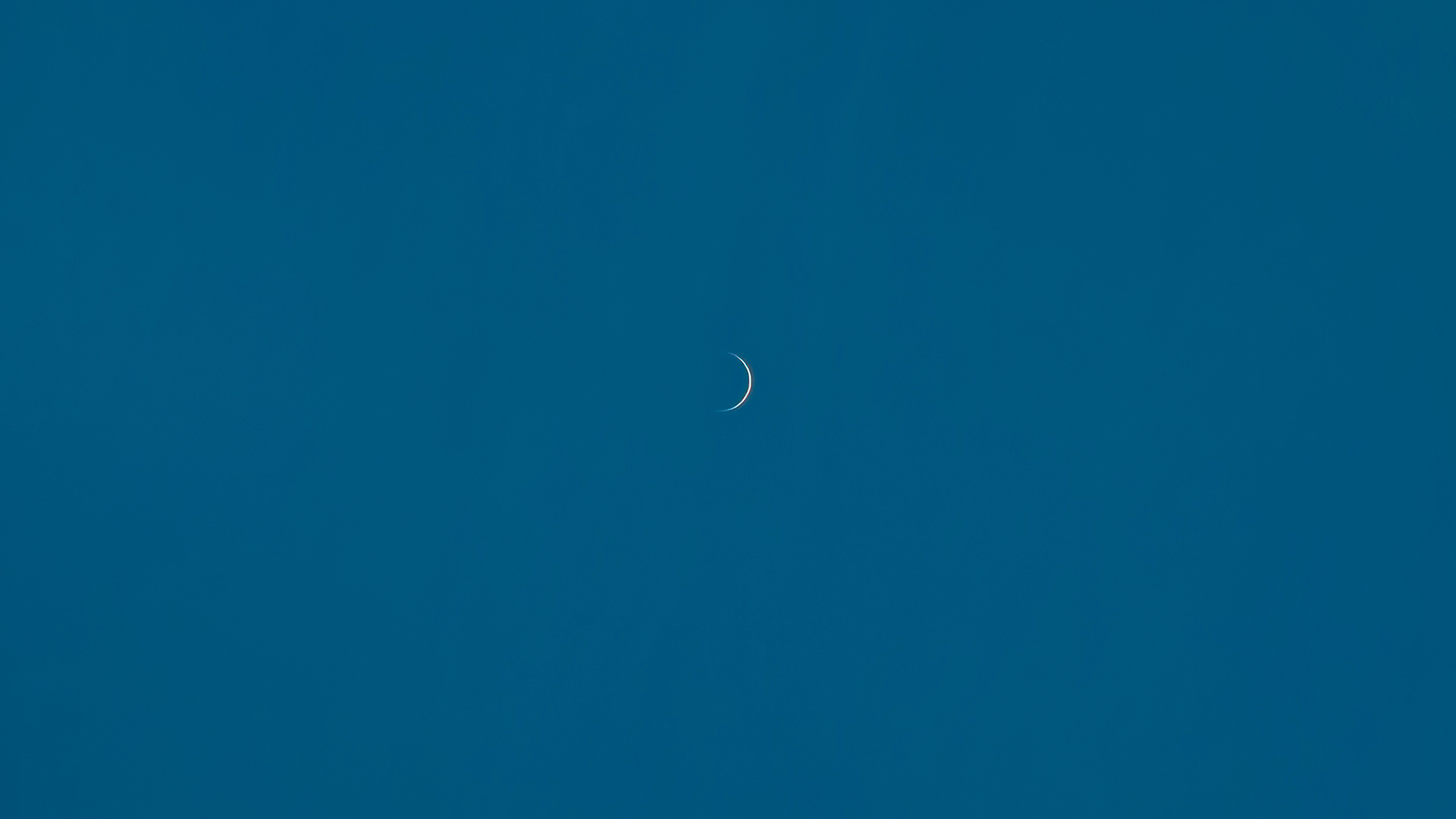
You may have noticed in recent weeks that the planet Venus has slipped from the post-sunset sky, slimming into a crescent shape as it drops from view. Its reign as the bright "Evening Star" in 2023 is over, as a relatively rare celestial phenomenon takes shape.
On Aug. 13, Venus will appear to be between Earth and the sun, which astronomers describe as being at inferior conjunction. It's purely a line-of-sight phenomenon, and from Earth's point of view it can only happen to two planets in the solar system — Mercury and Venus — both of which are inferior planets, which means they are closer to the sun than Earth. The outer planets, which lie farther from the sun than Earth, are called superior planets by astronomers.
Another way of understanding Venus at inferior conjunction is to think of it as in its "new" phase, much as a new moon sits between Earth and the sun. Just like a new moon, Venus at inferior conjunction will be virtually invisible to us on Earth. On Aug. 13, the planet will be completely lost in the sun's glare and impossible to observe. This phenomenon happens once every 19 months, according to EarthSky, because Venus' orbit around the sun takes just 225 days (compared with Earth's 365).
As Venus has been approaching inferior conjunction, it's been thinning to a slim crescent, just as the moon becomes a waning crescent on its way to becoming a new moon. Appearing closer to the sun with each passing day, Venus has been sinking lower to the horizon in the post-sunset western sky. As well as losing latitude, it's also been losing light. As the angle between it and the sun has been reducing, on Earth we've been able to see less and less sunlight reflected from Venus.
Venus won't appear to cross the sun's disk on Aug. 13, instead passing just 7.7 degrees to its south and be just 0.9% illuminated, according to BBC Sky At Night magazine. The moment when the planet appears to pass across the disk of the sun as seen from Earth is called a transit of Venus, which last happened on June 5 to 6, 2012. A transit won't happen again until Dec. 10 to 11, 2117.
Venus' trip into the sun's glare will be brief. Venus and Earth are in an 8:13 resonance, so from Earth's point of view, Venus orbits the sun 13 times in every eight Earth years, according to The Planetary Society. A week or two after its inferior conjunction, Venus will have moved sufficiently away from the sun's glare to emerge into the dawn sky and begin its appearance as the "Morning Star". It will reach its highest point in the sky on Oct. 23 as it appears 46.4 degrees west of the sun, according to Astro Pixels. That farthest point from the sun is called its greatest elongation west.
Venus will reach superior conjunction (appearing to go behind the sun) on June 4, 2024, achieving its greatest elongation east in the post-sunset sky on Jan. 10, 2025, according to Timeanddate.com.







